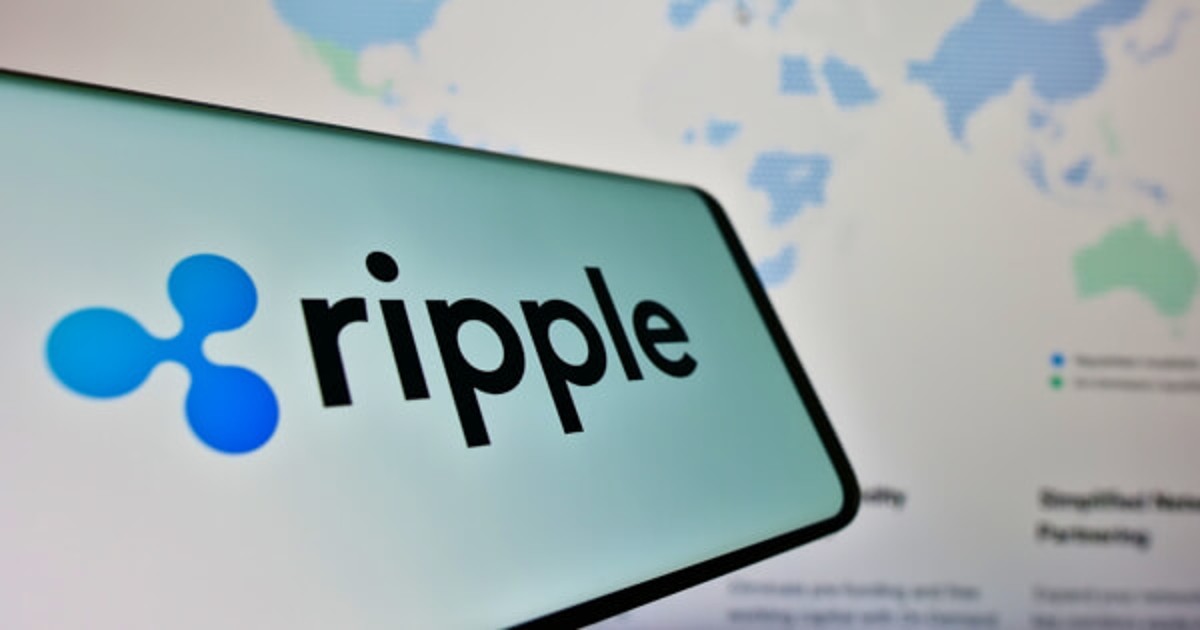- A potential alliance between Hedera and Ripple may revolutionize digital payments, integrating HBAR and RLUSD for cross-blockchain transactions.
- RLUSD aims to address inefficiencies in traditional financial systems, promising faster, transparent transactions with blockchain technology.
A potential alliance between Hedera and Ripple may revolutionize digital payments, marking a pivotal shift in the fintech sector. Shawn Oroogle, a World Economic Forum member, has unveiled a potential integration that promises to reshape how we understand cryptocurrency transactions and stablecoin implementations.
The emerging collaboration centers on an innovative approach to integrating Hedera’s native cryptocurrency, HBAR, with Ripple’s emerging stablecoin, RLUSD. This strategic move represents more than just a technological partnership—it’s a potential watershed moment for blockchain-powered financial solutions that could transcend traditional payment infrastructures.
At the heart of this transformation lies the Federal Reserve’s FedNow payment system, which launched in 2023 as a real-time payment platform designed to revolutionize money transfers across the United States. Hedera’s previous integration via Dropp, a micropayment platform, already established a foundational relationship with this cutting-edge payment ecosystem.
RLUSD Promises Faster, Transparent Transactions
Ripple USD (RLUSD) emerges as a pivotal player in this narrative, positioning itself as a stablecoin engineered for seamless, rapid, and economically efficient transactions. Unlike conventional fiat currency systems, RLUSD operates on blockchain networks, promising unprecedented transparency and operational efficiency.
The potential integration suggests a sophisticated interoperability mechanism between HBAR and XRP, potentially creating a bridge that connects different blockchain ecosystems. This approach could significantly accelerate the adoption of decentralized payment solutions, offering a glimpse into a more interconnected financial future.
Ripple’s ambitious vision extends beyond mere transactional convenience. By leveraging blockchain technology, RLUSD aims to address fundamental inefficiencies plaguing traditional financial systems. Slow processing times and exorbitant transaction fees have long been pain points for global financial interactions—a challenge this innovative stablecoin seeks to resolve.
RLUSD Set to Redefine Stablecoin Standards
The crypto market currently experiences significant dominance from existing stablecoins like USDC and USDT, which collectively command approximately 90% of the market share. Against this backdrop, RLUSD must demonstrate compelling advantages to carve out its unique position.
Oroogle’s insights hint at an emerging standard of interoperability between Hedera and Ripple, potentially encompassing sophisticated integration of HBAR and XRP. This development could establish a new paradigm for cross-blockchain transactions, offering enhanced flexibility and efficiency for digital asset movements.
The synergy between Ripple’s cross-border payment expertise and Hedera’s scalable, energy-efficient blockchain technology presents a compelling proposition. This collaboration could potentially set new global standards for Central Bank Digital Currency (CBDC) and stablecoin transactions.
Crypto Community Reacts to RLUSD Integration Concerns
The cryptography community has responded with a blend of excitement and measured skepticism. A crypto investor on X named Nietzbux raised concerns about the integration, specifically questioning whether RLUSD would operate on Hedera or the XRP Ledger (XRPL), as well as the origin of the information.
Another X user has called out @MetalBlockchain for allegedly being the “only FedNow Certified service provider,” labeling Oroogle Tweet as an engagement tactic. The user shares a link to the FedNow directory, the user encourages others to verify the claim.
In response, Oroogle referenced internal sources, providing clarification. He explained that the stablecoin would likely be bridged and integrated via Hedera’s Stablecoin Studio. However, he stressed the importance of waiting for an official announcement before drawing final conclusions.




















